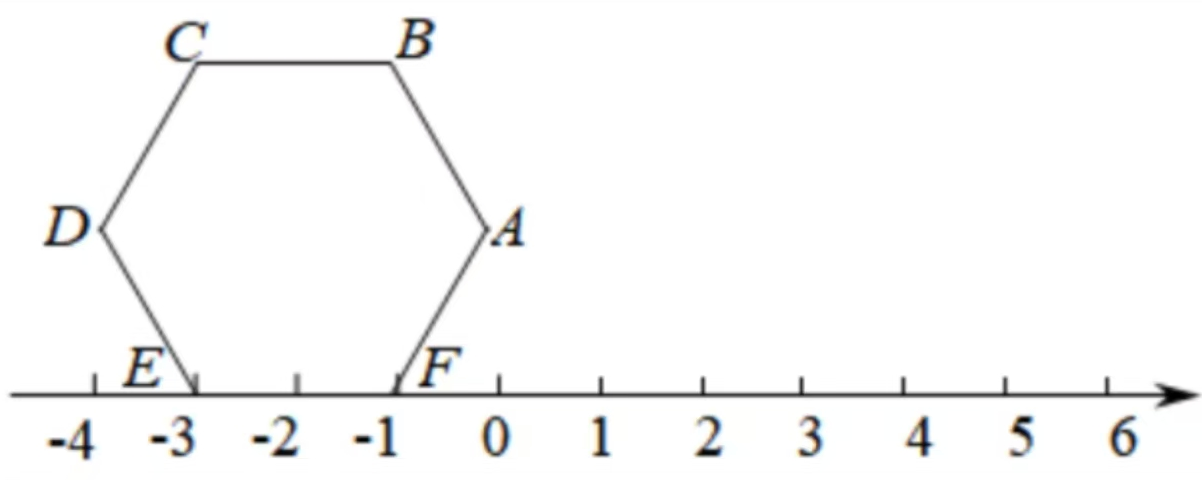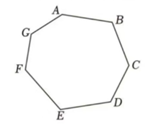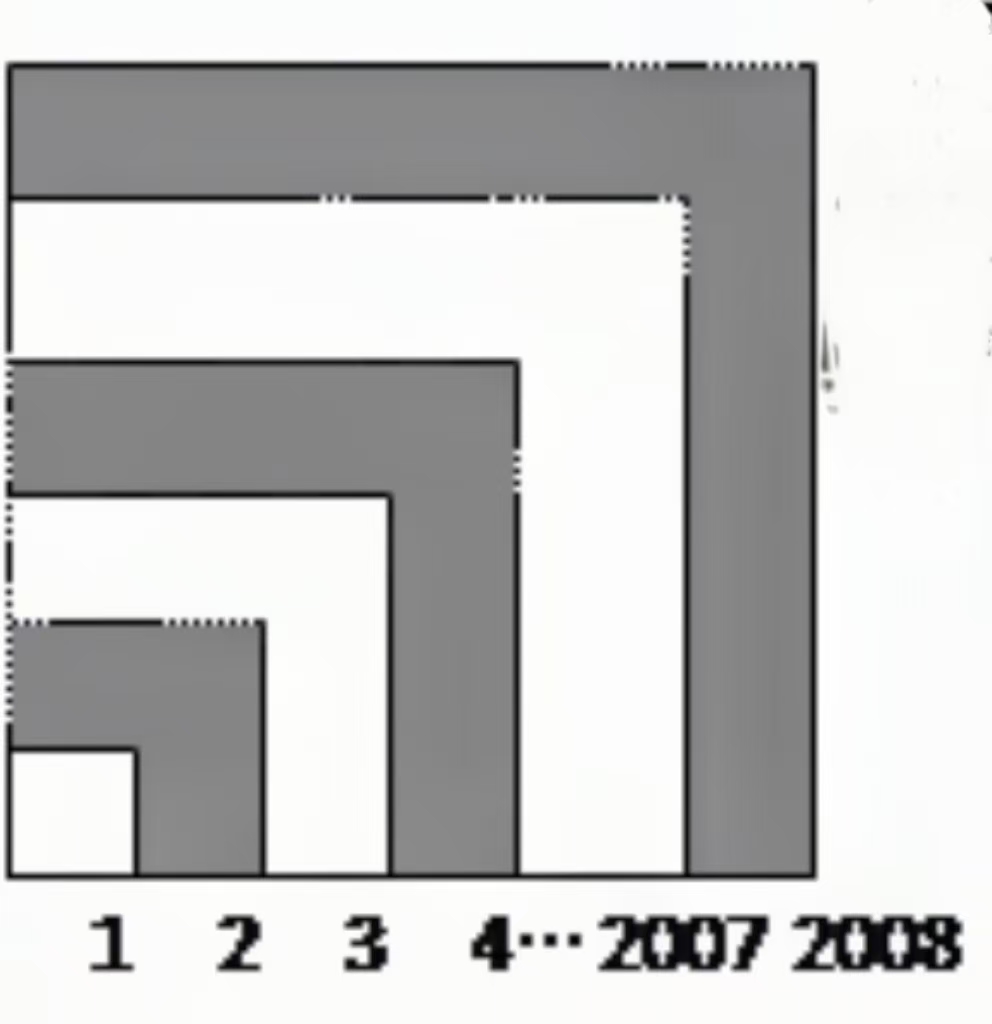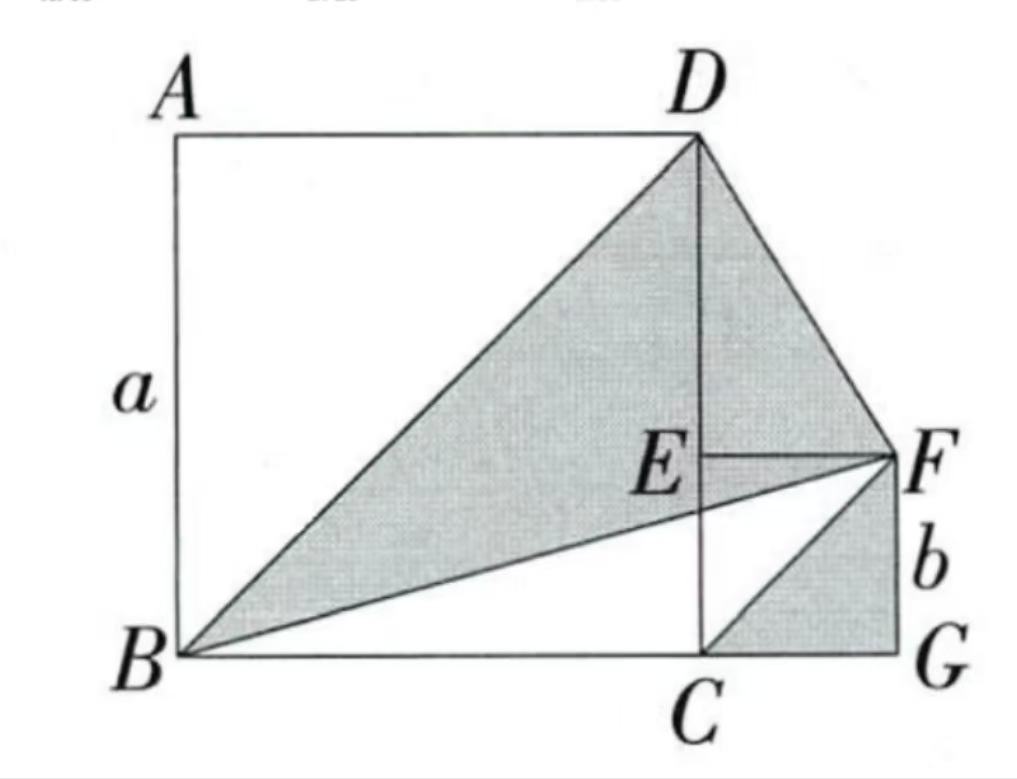AMC 8 Daily Practice Round 6
Complete problem set with solutions and individual problem pages
What is the value of ?
- A.
- B.
- C.
- D.
- E.
Through observation, we notice that the expression appears repeatedly in the original formula.
The expression can be rewritten as:
Thus, the final result is .
What is the value of ?
- A.
- B.
- C.
- D.
- E.
Method 1:
By observation, we notice that the expression contains common factors 211 and 789.
Applying the associative property of multiplication, the original expression can be rewritten as:
Thus, the result is .
Method 2:
By observation, we notice that the expression contains common factors 555 and 445.
Applying the associative property of multiplication, the original expression can be rewritten as:
Thus, the result is .
What is the value of ?
- A.
- B.
- C.
- D.
- E.
By observing the arithmetic expression, we notice that the sum of the first four numbers is 0:
Examining the next set of four numbers, we find their sum is also 0:
Thus, the original expression can be rewritten as:
The problem now reduces to determining how many such groups exist. From 169 to 9, there are a total of 161 numbers.
When divided into groups of four, we get: groups with a remainder of 1.
Therefore, the original expression can be represented as:
The final result is .
What is the value of ?
- A.
- B.
- C.
- D.
- E.
By observing the arithmetic sequence, we notice that the sum of every two consecutive numbers from left to right is .
Therefore, we can group the numbers in pairs. Since there are numbers in total, dividing them into groups of two yields: groups with a remainder of .
Thus, the original expression can be rewritten as:
The final result is .
What is the value of ?
- A.
- B.
- C.
- D.
- E.
Through observation, we find that the sum of every two consecutive numbers is .
Grouping the sequence into pairs, we calculate the total number of terms as: numbers, which forms complete groups with 1 remaining term.
The original expression can thus be rewritten as: .
The final result is .
What is the value of ?
- A.
- B.
- C.
- D.
- E.
The problem involves mixed numbers.
We first convert each mixed number to an improper fraction:
Final result:
What is the value of ?
- A.
- B.
- C.
- D.
- E.
First, we calculate the value inside each parenthesis, so the original expression can be rewritten as:
We observe a telescoping pattern where the denominator of each fraction cancels with the numerator of the subsequent fraction:
After complete cancellation of adjacent terms, only the first numerator and the last denominator remain:
Final result:
What is the value of ?
- A.
- B.
- C.
- D.
- E.
By observation, we notice that all denominators are perfect squares.
We can attempt the following transformation:
Now we group terms to make the cancellation explicit:
Each pair in parentheses cancels out completely:
After all cancellations, we are left with:
Final result:
What id the value of ?
- A.
- B.
- C.
- D.
- E.
Observing the expression, we notice repeated numbers in each parenthesis.
Factoring out these common terms, we can rewrite the expression as:
Rearranging the terms by moving the constants to the left and the fractions to the right, we get:
The right part of the expression is a telescoping product:
Therefore, the original expression simplifies to:
Final result:
What is the value of ?
- A.
- B.
- C.
- D.
- E.
By observing the expression, we notice that the denominators can be factored using the difference of squares formula .
Let's rewrite the expression accordingly:
Now we can see a clear cancellation pattern emerging :
After complete cancellation of common factors, we are left with:
Observing this telescoping product, we see that each numerator cancels with the denominator of the next fraction:
After all cancellations, only the first numerator and the last denominator remain:
Final result:
Consider the following operation: . What is the value of ?
- A.
- B.
- C.
- D.
- E.
According to the problem, a new operation is defined as .
To evaluate , we should firstly calculate the inner operation:
Now substitute this result into the outer operation:
Final result is
Consider these two operations: , . What is the value of ?
- A.
- B.
- C.
- D.
- E.
The problem defines a custom operator such that:
By observing these examples:
The first number on the left side of becomes the starting number of the sequence on the right side.
The second number on the left side of indicates the number of terms in the sequence on the right side.
The sequence forms an arithmetic progression with a common difference of .
Therefore, for
The value of is
Define the operation . Given that , find the value of .
- A.
- B.
- C.
- D.
- E.
Substitute and into the definition of :
Multiply both sides by to eliminate the denominator:
Add to both sides:
Divide both sides by :
Final Answer:
Let and be rational numbers. Define the operations: , .
Compute .
- A.
- B.
- C.
- D.
- E.
First, compute using the first operation rule:
Next, compute using the second operation rule:
Final Answer:
For two natural numbers and , their least common multiple (LCM) minus their greatest common divisor (GCD) is defined as , . What is the value of ?
- A.
- B.
- C.
- D.
- E.
1. Compute the GCD of and :
2. Compute the LCM of and :
3. Subtract the GCD from the LCM:
Final Answer:
Halley's Comet has been observed passing by Earth in the years , and . Based on the pattern, when might it return in this century?
- A.
- B.
- C.
- D.
- E.
Observing the years forms an arithmetic sequence with the first term and a common difference .
The next return year would be:
Final result:
John plans to train for a race with a -day program: on Day , increasing by daily. How far will he run on Day ?
- A.
- B.
- C.
- D.
- E.
This forms an arithmetic sequence with and .
Using the th-term formula:
Final result: meters
A -shelf bookcase holds books. Each upper shelf has fewer books than the one below. How many books on the top shelf?
- A.
- B.
- C.
- D.
- E.
Let shelves be (top) to .
The middle shelf (rd) has: books.
Top shelf: .
Final result: books
As shown in the diagram, a regular hexagon (with all sides equal) is positioned on a number line. Points and correspond to numbers and , respectively. When the hexagon is rotated clockwise around a vertex, after rotation, point aligns with the number . Continuing this rotation pattern, identify which vertex of the hexagon corresponds to the number on the number line.

- A.
- B.
- C.
- D.
- E.
From the first rotation, point moves to , indicating the side length of the hexagon is (distance between and ).
Observing the rotation pattern:
- After rotation: Point
- After rotations: Point
- After rotations: Point
- After rotations: Point
- After rotations: Point
- After rotations: Point
- After rotations: Point
This establishes a periodic pattern with period .
The general formula for the position after rotations is:
Set
Determine the position within the -rotation cycle:
A remainder of corresponds to the vertex in the cycle (E).
Final result:
How many integers between and , inclusive, leave a remainder of when divided by ?
- A.
- B.
- C.
- D.
- E.
These integers form an arithmetic sequence with first term , common difference , and general term .
Within the range :
The smallest term is (when : ).
The largest term is (when : ).
The number of terms is calculated as:
Final result:
A town hall clock chimes the hour number on every full hour and once on every half-hour. How many chimes will occur in a full -hour period?
- A.
- B.
- C.
- D.
- E.
Daily chimes:
Four campers—Alice, Bob, Charlie, and Diana—play a number-reporting game around a campfire. In Round , Alice reports , Bob reports and , Charlie reports , , , and Diana reports , , , . In Round , Alice continues with through , maintaining the same pattern. How many numbers did Alice report in the first five rounds?
- A.
- B.
- C.
- D.
- E.
Alice's reporting pattern follows an arithmetic sequence where the number of terms per round increases by each time: terms for Rounds to .
Using the arithmetic series sum formula:
Final result:
students line up to count consecutively starting at , with each subsequent number increasing by . One student erroneously subtracts instead, resulting in a total sum of . Which student made the counting error?
- A.
- B.
- C.
- D.
- E.
If all students counted correctly, the sequence forms an arithmetic progression with: First term , Common difference , term: .
The correct sequence would be . The total sum is:
The discrepancy between the correct sum and actual sum is:
Starting from the erroneous student, each subsequent student's number is less than expected.
The number of affected terms is:
Thus, the error occurs at position:
Final result:
A game piece starts at vertex of a heptagon board labeled clockwise. Players move the piece times following this rule: on the -th move, jump vertices clockwise. Which vertices remain unvisited after moves?

- A.
, and
- B.
- C.
- D.
and
- E.
Label the vertices as (A), (B), (C), (D), (E), (F), and (G).
After moves, the total number of positions traversed is:
The final position is determined by computing the remainder when is divided by :
By calculating for , we observe the repeating sequence of remainders: .
Vertices corresponding to remainders , , and (i.e., C, E, and F) are never visited.
Final result:
A retirement community has residents with integer ages summing to . The oldest resident is aged but , while the remaining residents have consecutive ages. What is the age range of the community?
- A.
- B.
- C.
- D.
- E.
Let minimum age be . The sequence is:
Sum equation:
Given , solve:
Thus , and age range .
Final result:
The average of five consecutive odd numbers is . What is the value of the square of the largest number minus the square of the smallest number?
- A.
- B.
- C.
- D.
- E.
odd numbers: , , , and .
.
Calculate the shaded area formed by overlapping squares with side lengths .

- A.
- B.
- C.
- D.
- E.
The shaded area is the alternating sum of squares:
Final result:
Two squares with sides and satisfy and .Find the shaded area.

- A.
- B.
- C.
- D.
- E.
Shaded area
.
From
Therefore
Final result:
The number is divisible by two integers between and . What are these integers?
- A.
- B.
- C.
- D.
- E.
The factors between are and .
Final results:
- 1
- 2
- 3
- 4
- 5
- 6
- 7
- 8
- 9
- 10
- 11
- 12
- 13
- 14
- 15
- 16
- 17
- 18
- 19
- 20
- 21
- 22
- 23
- 24
- 25
- 26
- 27
- 28
- 29
- 30
